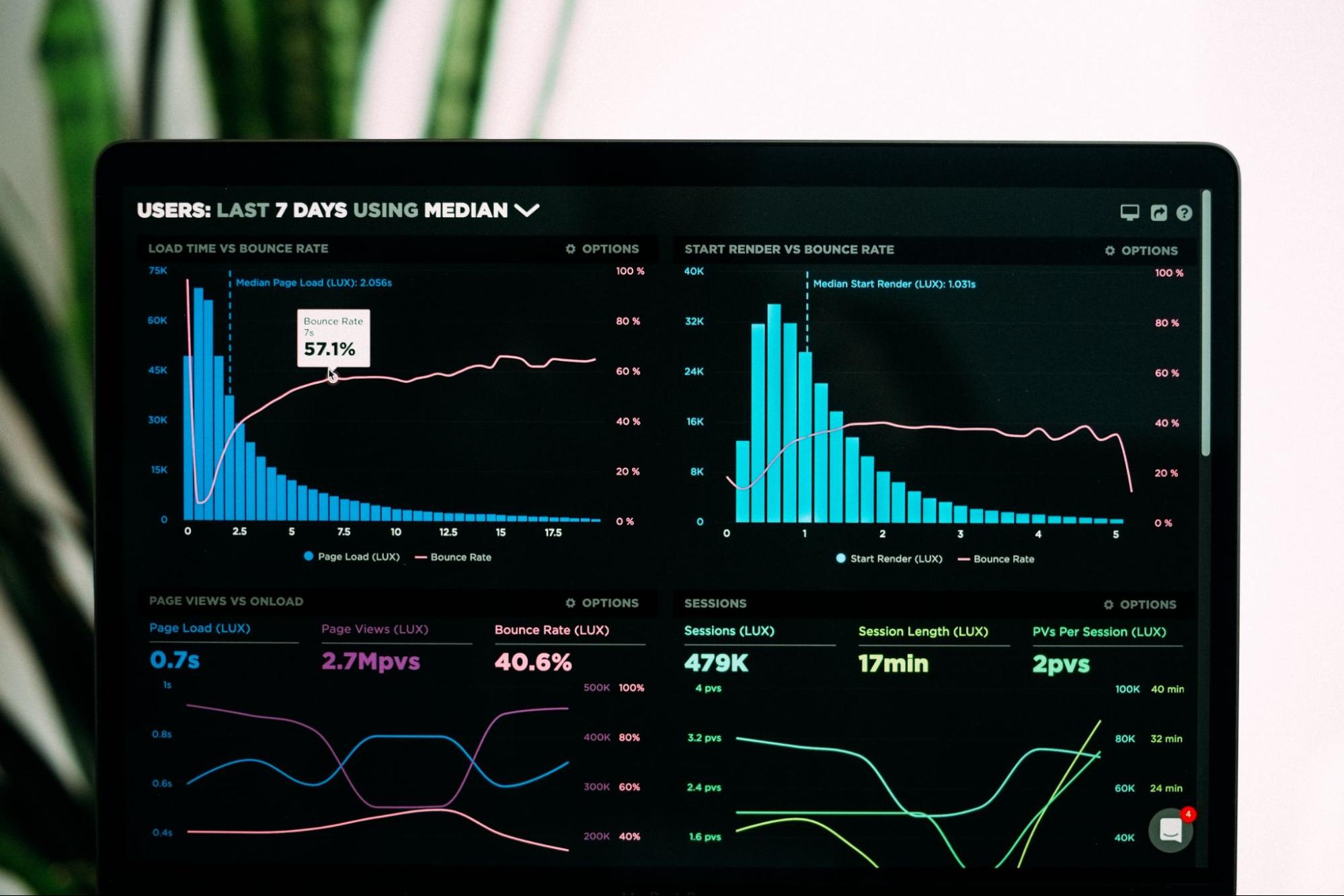You receive countless emails with some basic level of personalization like including your first name. It’s no surprise why; 80% of customers are more likely to make a purchase when brands offer personalized experiences. You might notice other emails aimed at your age bracket, gender, location, or industry.
But what if emails were personalized to actually meet your needs and respond to your actions? Hyper-personalization allows you to do that for your customers. What’s more, you don’t need to be a big company with a sophisticated data operation to get started.
If you’ve done highly-personalized emails before, you’ll know it can be time-consuming if you’re doing so for many leads. But as we’ll see, hyper-personalization is highly automated.

Collect Data
To harness hyper-personalization, you need to begin by collecting the right data.
When you’re onboarding new customers or collecting details from a lead, you don’t need to ask for much. You might ask for their name, some contact information, maybe the name of their company. Marketers often use this to tailor emails based on assumptions about the user’s demographics. But for hyper-personalization, you’re going to use real behavioral insights from your website or app.
Lots of web analytics software, like Google Analytics with its User ID feature, will allow you to monitor specific user activity through your site or web app. From there, you can assign tags to users as they move through the site, such as “visited product page X” or “bought product Y”.
Once you have your system set up, there’s no extra cost to tracking extra information, so it’s better to come up with more tags than you might need. For example, as well as looking at product pages, you can tag users based on blog posts they’ve read.
If they got to the end of a blog on how hold time affects customer experience, what does that tell you about them or their needs? The sector they might work in? How you would position a marketing email to them?
Integrating data
Lots of companies are collecting reams of data on their customers, but few are really working to integrate it all in one place. Automated, no-code API tools like Zapier make it easy for marketers to stitch together software like Google Analytics, Salesforce, Intercom, and Shopify.
As well as enabling more intelligent marketing, this gives other teams—like sales—more information to work with. Imagine how useful it would be for the sales team if they could see which products the customer they’re speaking to had been having a look at.
If you have gaps in your data, there are plenty of data enrichment companies that can supply information seamlessly into your database. This is especially common in B2B marketing where companies can supply information like job roles or phone numbers in bulk.
Segment Data

There’s a reason that enterprise software pricing models are so often segmented to different customers. There’s no one-size-fits-all product. Just splitting into two or three pricing tiers can convert customers who otherwise would have left.
Marketers can struggle to find the best way to segment their audience. When you’re working with so much information, making a decision can be hard especially when deciding what to filter for and to know what would be most effective.
But with detailed data, you can eliminate a lot of guesswork and base your audience personas on real data, like what products they’ve bought before. In the long term, this enables better iteration, as you’re able to test on a very granular level. This is a big improvement over making guesses on what the audience wants based on their job role or what sector they work in.
Implement in your emails
When Toyota harnessed hyper-personalization in their emails, they found open rates jump to 46%. That’s a huge leap from the industry average of just 12%.
Once you’re collecting good data and intelligently segmenting your audience, it’s time to implement that into your emails. The simplest way to do this is with dynamic content.
If a B2B company wanted to book demo calls with leads, some basic personalization in their meeting invitation email would be expected at a minimum. The recipient’s name, the company they worked for, etc.
But with dynamic content, the marketing team could have the email mention products they know the lead has been looking at. If this is a customer success meeting for a SaaS product, the CX team could mention features that they know the customer hasn’t been getting much use from.
Using dynamic email content
Dynamic text is easy to implement, it’s just the same as the “first_name”, “last_name” tags marketers have been using for years. Dynamic imagery requires a bit more tech know-how but isn’t time-consuming at all.
Let’s say you wanted an image of a wrapped Christmas present with the recipient’s first name on the tag. If someone on the team knows their way around HTML and CSS, you could use a template photo with a blank tag from your media library. Then have your usual “first_name” text appear over the tag on the photo.
For more advanced graphics, publishing software like Adobe InDesign lets you dynamically insert information from databases into images. From there you can export the finished images in bulk. It wouldn’t take much legwork to upload those images somewhere and insert a custom image URL in the emails. Again, just like a “first_name” tag.
Hyper-personalization takes a little investment of time and effort, but the payoff can be huge. According to HubSpot, message personalization is the #1 thing that drives engagement.

It’s not hard to imagine why. You can use hyper-personalization to improve sales, but companies like Grammarly and Pocket use this data to send out fun yearly summaries of users’ activity. Emails from Lingualeo include subject lines like “Good job! You’ve accomplished 95% of your weekly plan!”, which keeps users engaged. LinkedIn is always sending out highly-tailored recommendation emails about who to connect with next.
Harness hyper-personalization
There are so many ways you can use hyper-personalization to focus your sales efforts and engage with users. Any company can do it. And once you’ve put in the time to set up your data collection and integration, you have a foundation on which to build anything you can imagine.



